Sony Bravia Projector 8 (VPL-XW6100ES) review: a dynamic and bright beamer
Sony’s projector keeps pace with the competition by adding some important new features
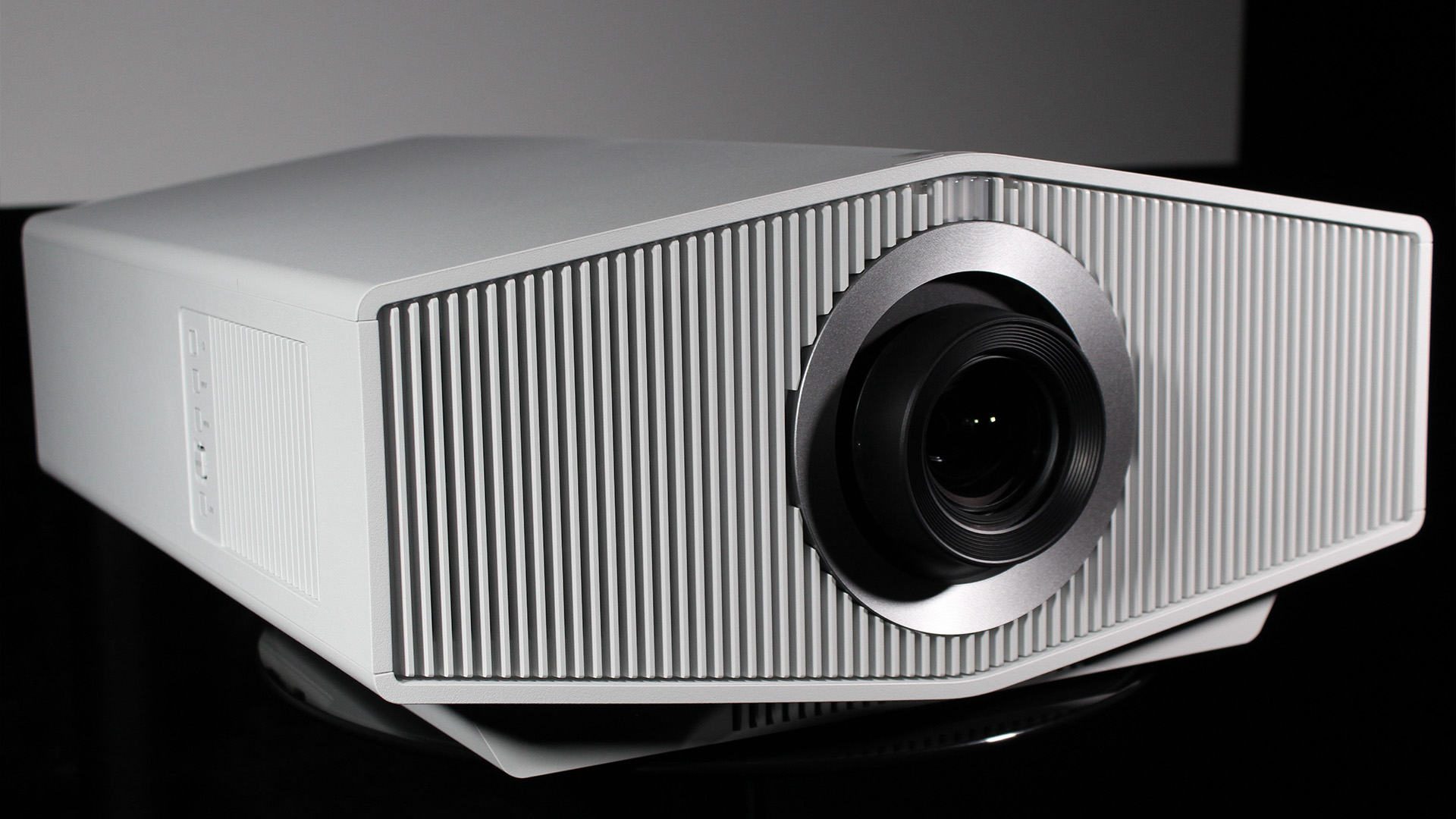
Sony's Bravia Projector 8, also known as the catchy VPL-XW6100ES, is an accomplished beamer that delivers a bright and punchy big-screen experience. Sony has dropped 3D, but added HDMI 2.1, 4K/120Hz, and dynamic HDR tone mapping, which when combined with peerless processing and fluid motion makes for a capable projector that’s sure to please movie fans and competitive gamers alike.
-
+
Cutting-edge image processing
-
+
Class-leading motion handling
-
+
Ideal choice for next-gen gamers
-
-
Black levels could be better
-
-
No HDR10+ support
-
-
No 3D support
Why you can trust T3

If you've got the budget for it, the best projectors out there for your home cinema experience can be astounding, with new options arriving all the time. Case in point: the Sony Bravia Projector 8 (VPL-XW6100ES).
This native 4K projector uses a long-life Z-Phosphor laser light source to deliver bright and detailed images. This model retains the accurate images, peerless motion handling, and motorised lens controls of the previous generation, but loses the 3D support.
However, Sony has added its latest XR Processor, dynamic HDR tone mapping, and increased brightness, along with HDMI 2.1 inputs and support for 4K/120fps high frame rate. We've tested it exhaustively to see how all of that actually translates for home use, so read on to find out our thoughts.
SONY VPL-XW6100ES: PRICE & AVAILABILITY
The VPL-XW6100ES is the new model in the brand’s line-up of high-end home cinema projectors, and is available now in a choice of matte black or white finishes, and currently retails for £15,999 in the UK, $15,999.99 in the US, and AU$21,999 in Australia.
SONY PROJECTOR 8 REVIEW: FEATURES & WHAT’S NEW
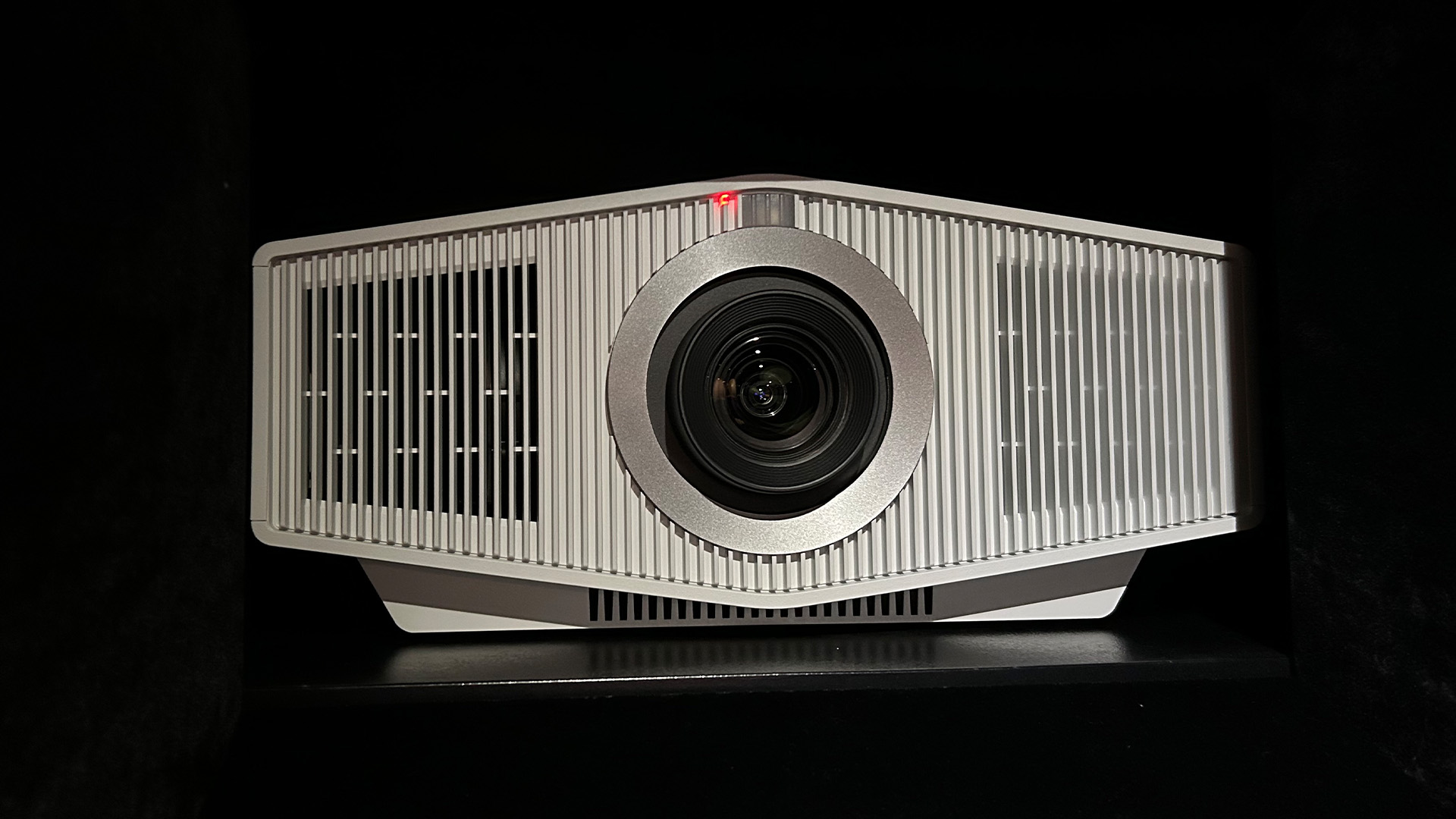
If you want a 4K projector, this is a great option out of the box – the Bravia Projector 8 uses the brand’s current 0.61-inch SXRD chip to deliver native 4K (3840 x 2160) images. The projector has a refresh rate of 120Hz, and thanks to the addition of the two HDMI 2.1 inputs it can now support higher frame rates up to 4K/120Hz.
The Projector 8 also uses a Z-Phosphor laser light source, with an increased claimed brightness of 2,700 lumens and a claimed lifespan of up to 20,000 hours. That basically means you could watch a movie a day for the next 10 years without worrying about the image dimming like a lamp or bulb.
The inclusion of Sony’s Advanced Crisp-Focused (ACF) 70mm lens is designed for sharper images, while the brand’s XR Triluminos Pro technology promises deeper blacks, more saturated colours and improved contrast ratios. In addition, Sony’s professional-grade XR Processor also promises advanced image processing combined with real-time optimisation of picture quality.
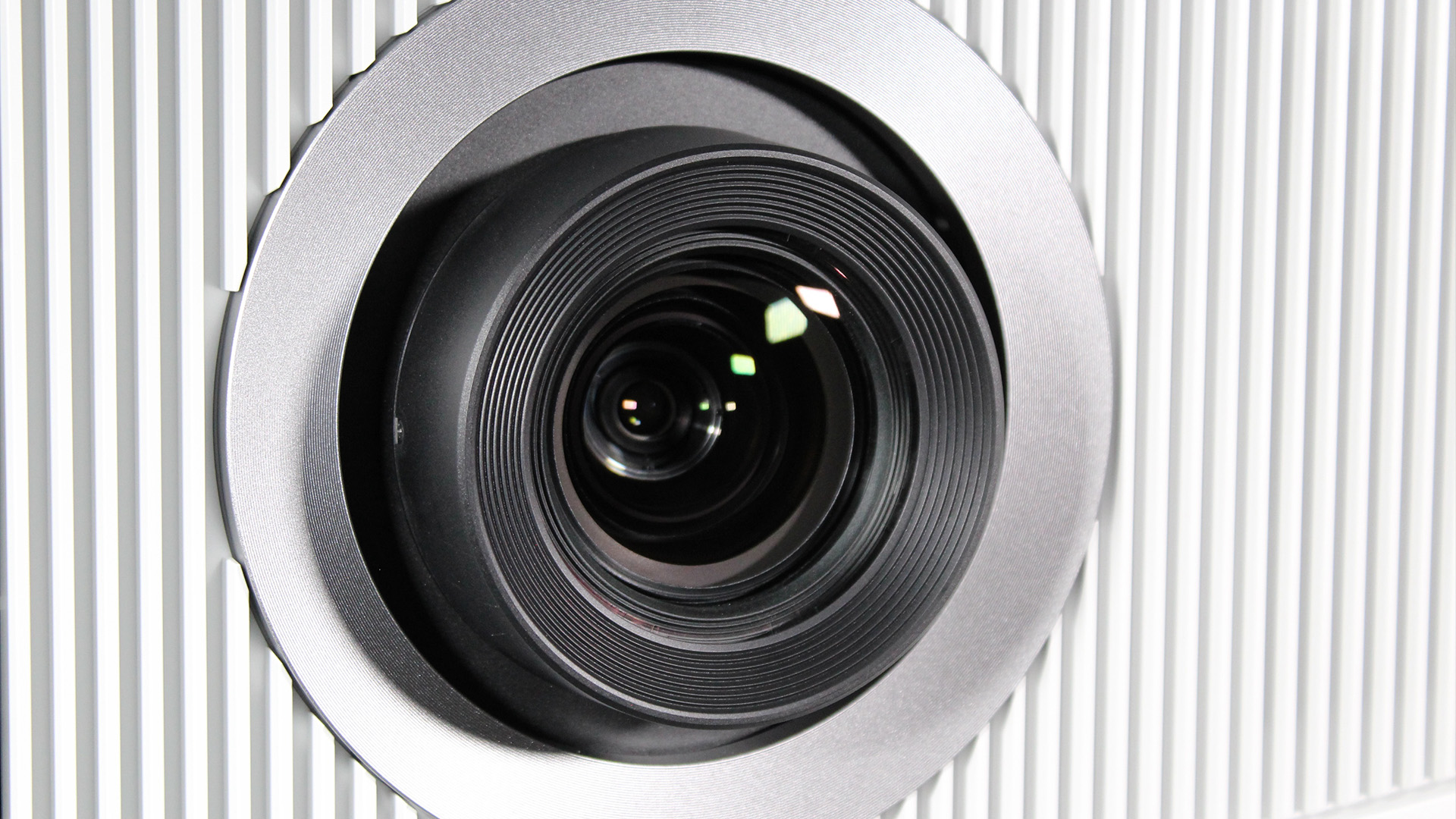
That upgraded XR Processor handles a number of key areas, with XR Clear Image processing providing intelligent upscaling and noise reduction, along with improved HDR thanks to image cross-analysis, depth mapping and focal point recognition. There’s also XR Deep Black laser dimming and XR Dynamic Tone Mapping for optimised HDR10 imaging based on analysis of the incoming signal.
Finally, there’s Motionflow frame interpolation for fast-paced sports action, and a low-latency mode for gaming. In addition to the support for 4K/120Hz high frame-rate gaming, the Projector 8 also has ALLM (auto low latency mode) that selects game mode when a console is detected, which is extremely handy.
SONY PROJECTOR 8 REVIEW: PERFORMANCE

All those specs are well and good, but how does this projector perform? Well, in short, the Sony VPL-XW6100ES delivers impressive native 4K pictures bursting with fine detail. The SXRD chipset offers overall uniformity and geometry that are impressive, while the Z-Phosphor laser light source generates up to 2,700 lumens. For those who don't lumen-count for fun, that means sufficient brightness to not only illuminate larger screen sizes but also handle rooms with lighter-coloured walls or ambient light.
The Advanced Crisp-Focused (ACF) 70mm lens and wider dynamic range optics produce detailed and distortion-free images. As a result, you get pin-sharp resolution across the entire screen. The Reality Creation enhancement algorithms also improve the perceived resolution by defining details that might otherwise appear soft without introducing any unwanted processing artefacts.
The big selling point of a Sony projector is its image processing, and the XR Processor doesn’t disappoint. When watching a high-quality Full HD source, you’ll be rewarded with an upscaled picture that makes full use of the projector’s more-than-eight-million pixels, producing pictures that are expertly rendered and appear clean, detailed and free of unwanted artefacts or image noise.
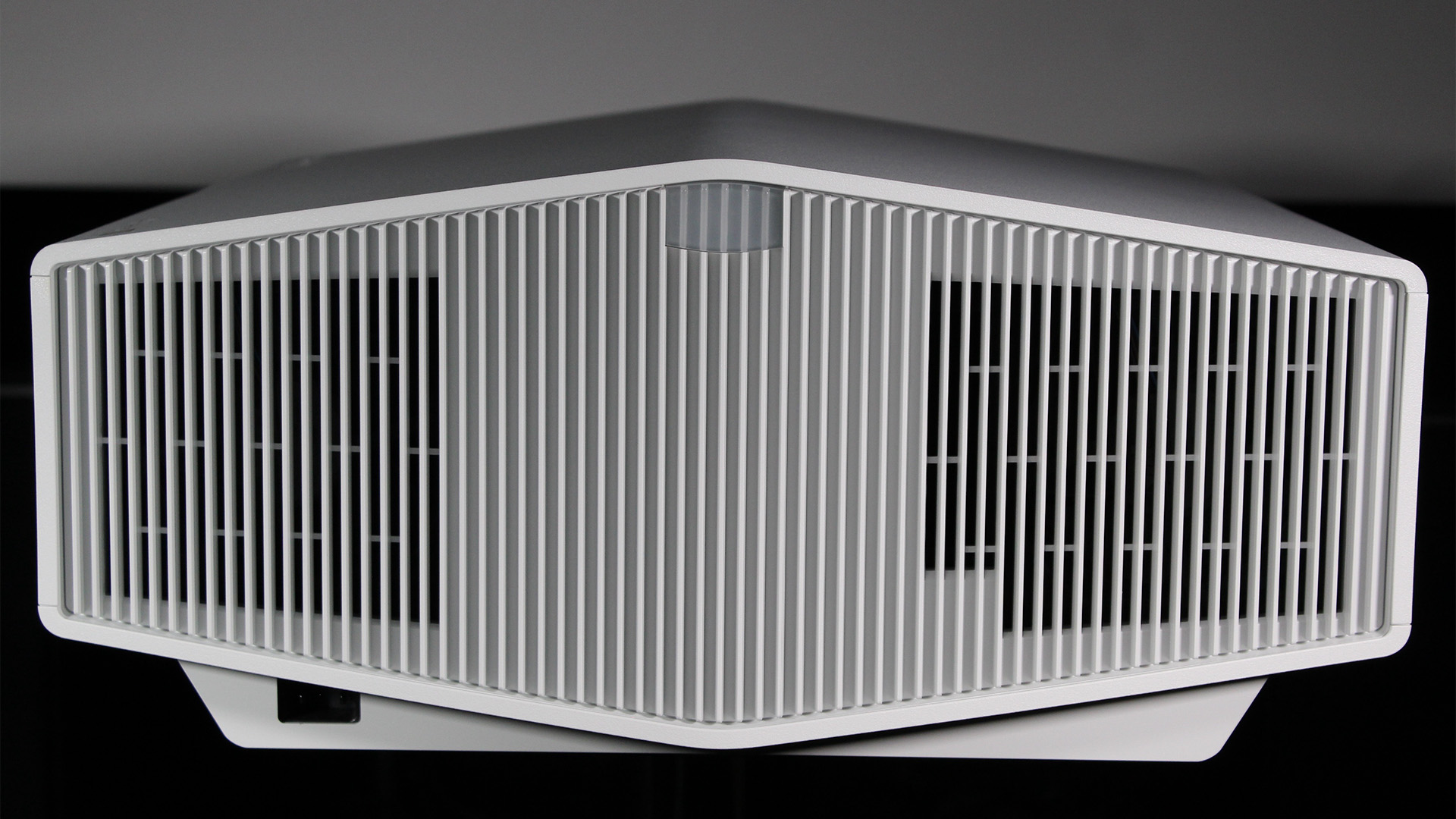
Sony’s other strength is its motion handling, which appears fluid and free of judder or other artefacts, even without engaging Motionflow, although for fast-paced sports action this setting can be beneficial. For film-based content like movies and TV dramas, there’s also the True Theatre mode that improves the perceived movement while remaining faithful to the cinematic 24p frame rate.
The Reference picture mode proves very accurate out of the box, and the extensive calibration controls can be used to dial in a near-perfect picture. Sadly, though, the black levels are not as good as the similarly-priced JVC NZ800, and I measured the Projector 8 at 12,000:1. Sony only quotes a dynamic contrast ratio of infinity to one, but this is achieved by turning the laser off, which doesn’t really represent mixed content.
While I was generally impressed by the picture quality, I do feel that to get the most out of this beamer you need to use all the processing. The Reference mode, which bypasses a lot of that processing, often appeared flat and lifeless, but switch to Film 1 or Film 2 and it was a different story. The images burst into life with detail, depth and colour that really added to SDR and HDR.
The Projector 8 also supports HDR10 and HLG, but not HDR10+, which is quite a shame for high dynamic range potential. On the plus side, the colour accuracy was good in HDR, as was the greyscale and static tone mapping, with the latter avoiding much black crush or white clipping.
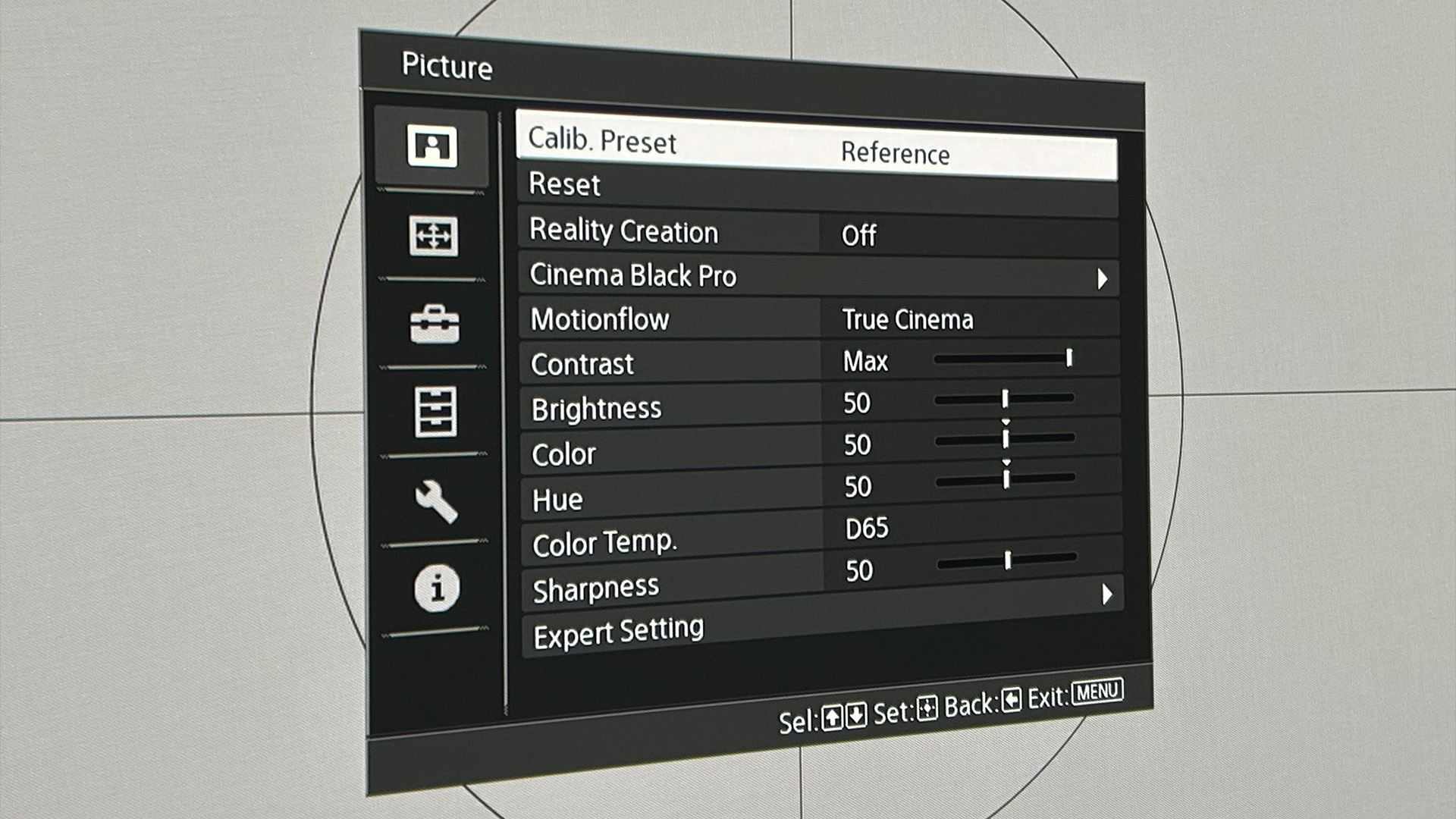
The welcome addition of dynamic tone mapping really boosts the Projector 8’s HDR performance, allowing it to analyse the incoming HDR signals on a frame-by-frame basis, and then adjust the tone mapping dynamically through pixel processing and the laser power. The results are impressive for a projector, bringing out more details in the darkest and brightest parts of the picture.
The deliberately saturated colours of La La Land burst off the screen during the extended montage towards the end, while the desert vistas of Dune: Part Two really benefit from the detail and added brightness. However, the Projector 8 did struggle with some of the darker scenes in films like Twisters and Beetlejuice Beetlejuice, where the weaker blacks robbed the image of some depth.
The Projector 8 is also a great choice for gamers, thanks to its refined images. The gaming performance is excellent, with pleasingly smooth and responsive motion. Pictures are highly detailed, the colour rendition is impressive, and in HDR the brightness has plenty of impact without clipping details in the specular highlights or crushing the blacks in the shadows.
In addition, the overall gaming experience is incredibly slick and responsive thanks to support for ALLM. This puts the Projector 8 in game mode when a console is detected, and in this mode, I measured an input lag of just 18ms at 4K/60p, and just 10ms at 4K/120Hz. These are very impressive numbers that should please even the most demanding of gamers.
SONY PROJECTOR 8 REVIEW: DESIGN, CONNECTIONS & CONTROL

Sony has stayed with what it knows on the design front. The VPL-XW6100ES looks identical to the brand’s previous generations, with the same angled design, and centrally-mounted lens. There are air intake grilles at the front, exhaust vents at the rear, and some basic controls on the left-hand side as you face the lens.
The Projector 8 measures 460 x 210 x 517mm (WxHxD), and weighs in at 14kg. Sony offers a choice of matte black or matte white, and you can also choose between a stand or ceiling mount. The build quality is good, although it feels less substantial when compared to the aforementioned JVC NZ800.
The Projector 8 uses the Advanced Crisp-Focus (ACF) 70mm lens introduced in earlier models, which is designed to resolve more detail. The lens controls are also motorised, making setup easier, and there are lens memories to create different aspect ratios if you use a 2.35:1 screen.
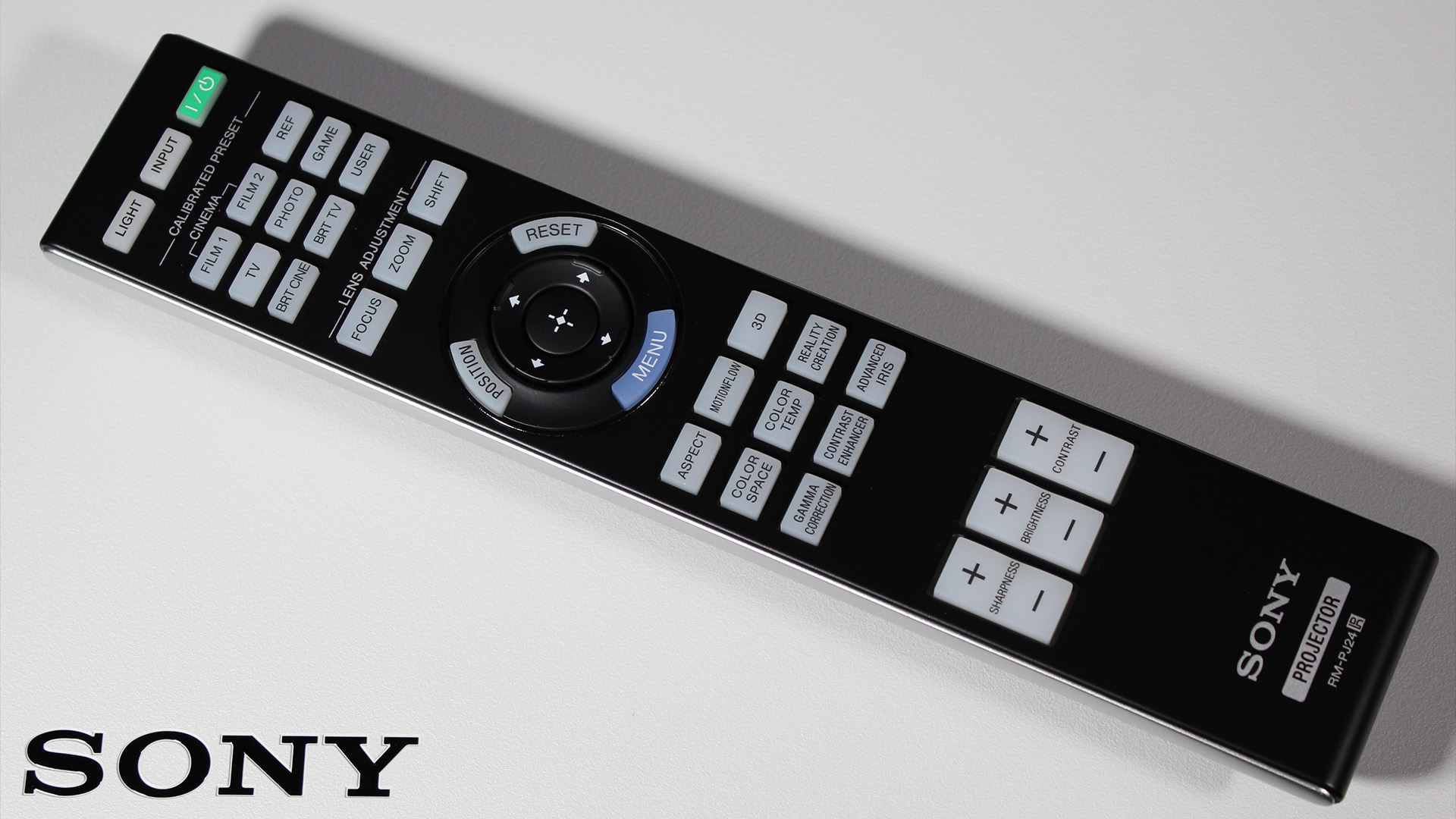
The connections are all located in a recess along the bottom left-hand-side as you face the projector. Here you’ll find two HDMI 2.1 inputs, which is a welcome addition, along with an Ethernet port and RS-232C connector, a 12V trigger, an IR input jack, and a USB port for power.
The provided remote is the same large and backlit zapper included with previous generations of Sony beamers. The buttons are laid out in a sensible fashion, it’s comfortable to hold and use with one hand and includes all the controls you’ll need to setup and operate the Projector 8.
SONY PROJECTOR 8 REVIEW: VERDICT
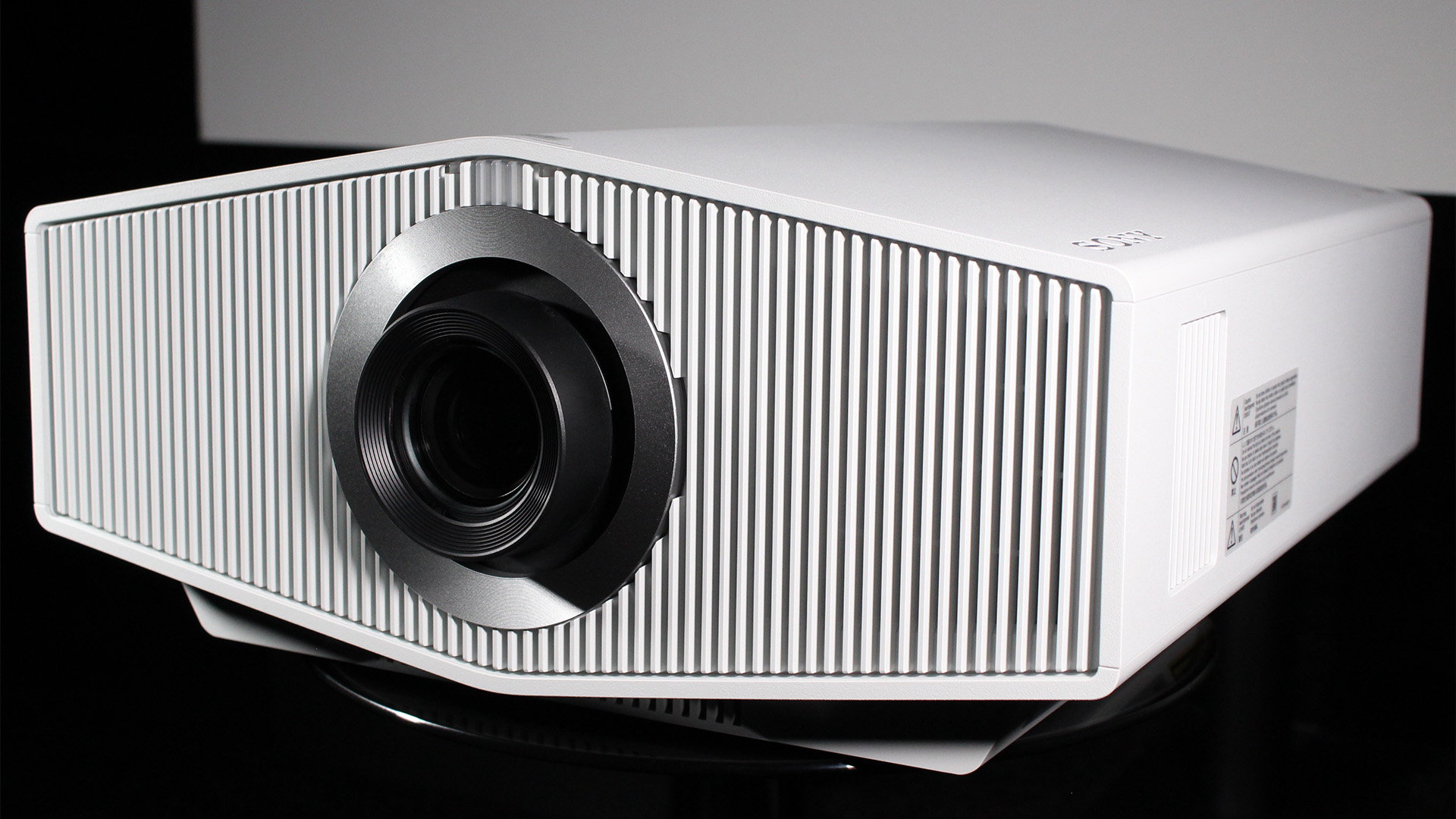
The Sony Bravia Projector 8 represents a significant step up for the brand’s beamer range, offering a set of features and a level of performance that brings it closer to the JVC DLA-NZ800 – which is its direct competitor. The big-screen pictures are bright, accurate and punchy, while the image processing and motion handling are class-leading.
It's a shame, though, that the VPL-XW6100ES doesn’t support 3D or HDR10+; still, new dynamic tone mapping results in a superior experience with HDR10 and HLG. The addition of HDMI 2.1 inputs and support for 4K/120Hz high frame rates is good news for gamers, as is the incredibly low input lag. The build quality, flexible setup, and effective remote round out a well-specified and feature-filled package.
The Projector 8 isn’t perfect of course: the black levels are definitely a weak spot, the colour gamut could be wider, and to get the best picture quality you really need to engage a lot of Sony’s proprietary processing. However, the XW6100ES is definitely a very capable 4K big-screen beamer that’s sure to put a smile on the face of any self-respecting cinephile or competitive gamer.
Also consider
The VPL-XW6100ES is priced to compete directly with the JVC DLA-NZ800, which also costs around the same. However, the JVC does have the edge due to its all-glass lens, deeper blacks, superior dynamic tone mapping, and support for both HDR10+ and 3D.
The Sony will also face serious competition from JVC’s DLA-NZ700, which currently retails for less cash. The NZ700 isn’t as bright at 2,300 lumens, but it delivers better contrast and HDR tone mapping, and it supports HDR10+. However, Sony wins out on gaming thanks to its lower input lag.
Sign up to the T3 newsletter for smarter living straight to your inbox
Get all the latest news, reviews, deals and buying guides on gorgeous tech, home and active products from the T3 experts
Steve Withers is a professional calibrator and freelance journalist who regularly contributes to T3, reviewing audio and video products, and writing articles. Steve has been writing about audio and video products for over ten years and, along with T3, he also contributes to TechRadar, Trusted Reviews, Expert Reviews, AVForums, Pocket-lint, Home Cinema Choice, and Wired. Steve is Level 2 certified with THX, the Imaging Science Foundation (ISF) and the Home Acoustics Alliance (HAA). As such, he remains abreast of all AV technology developments and the latest industry standards as we transition into a new era in home video and audio.
You must confirm your public display name before commenting
Please logout and then login again, you will then be prompted to enter your display name.
-
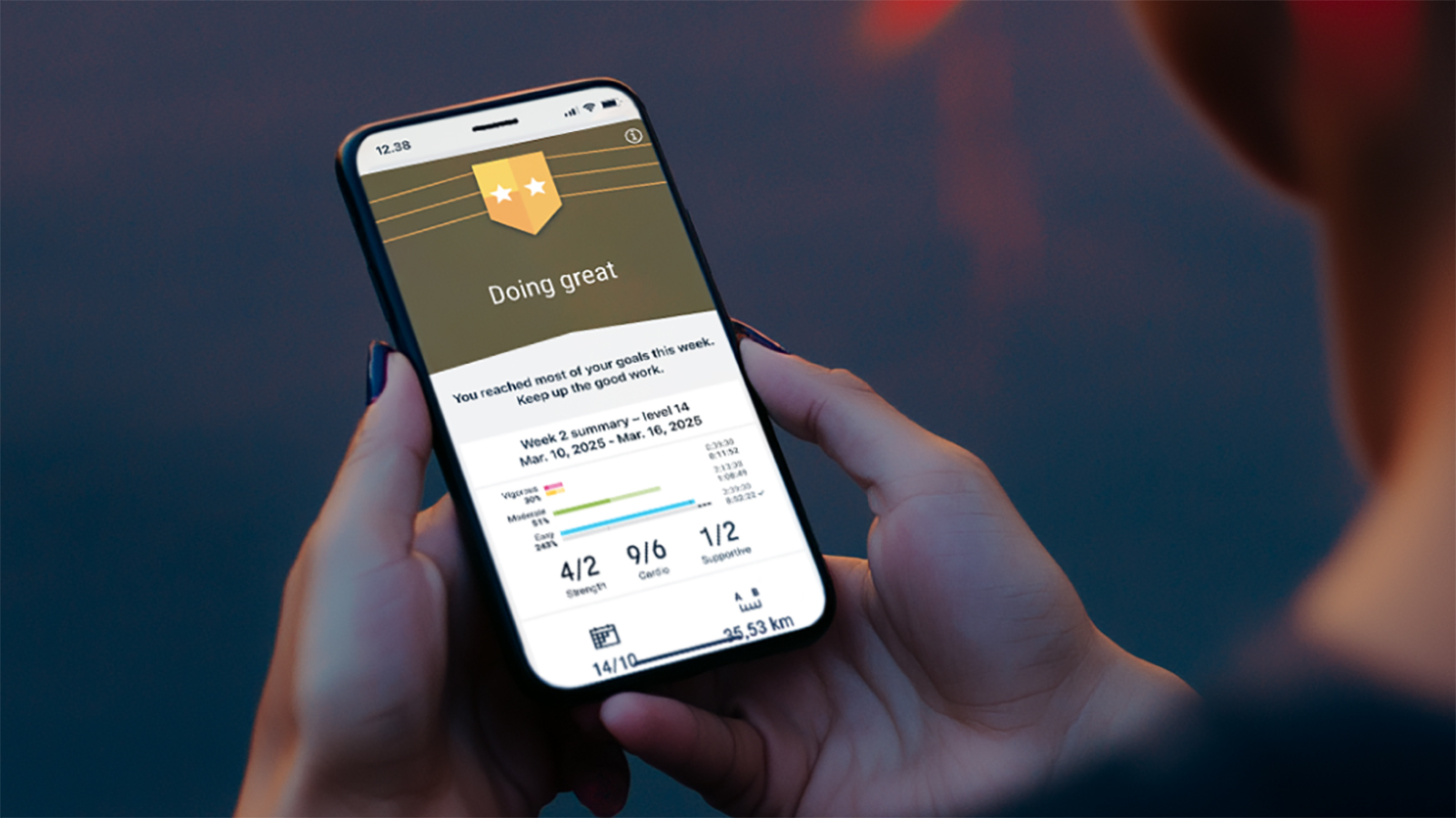 Polar’s new subscription feature lands in the shadow of Garmin’s Connect+ rollout
Polar’s new subscription feature lands in the shadow of Garmin’s Connect+ rolloutPR genius or timing disaster? Polar’s new Fitness Programme adds adaptive training to its ecosystem
By Matt Kollat Published
-
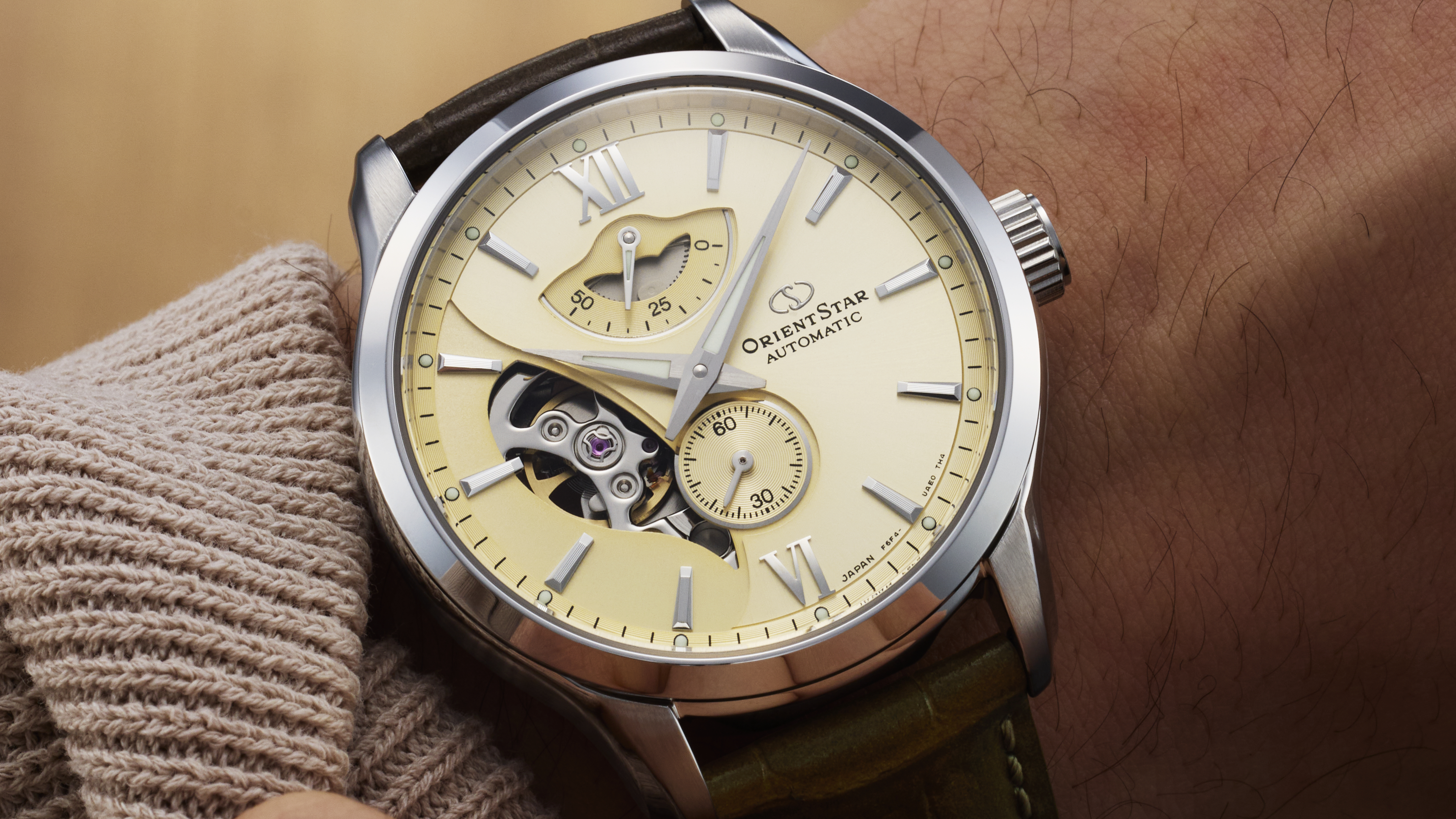 New Orient Star watches offer a glimpse of the magic within
New Orient Star watches offer a glimpse of the magic withinThere are two new skeleton pieces
By Sam Cross Published
-
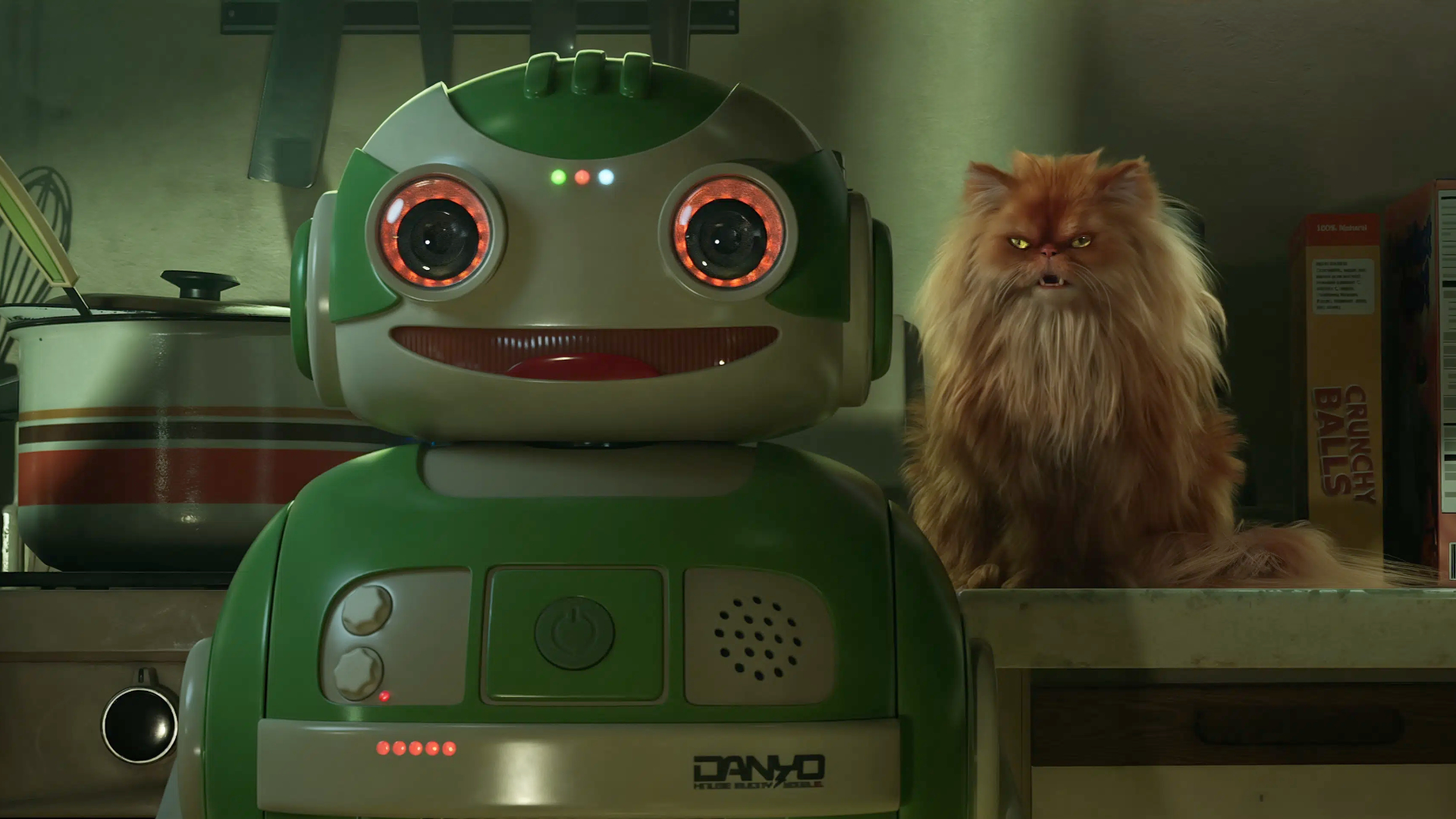 Netflix's most surprising 100%-rated sci-fi series returns with gorgeous trailer
Netflix's most surprising 100%-rated sci-fi series returns with gorgeous trailerLove Death + Robots is back for more
By Max Freeman-Mills Published